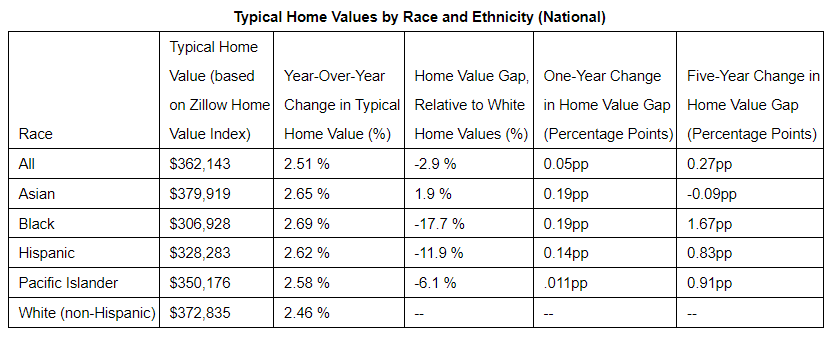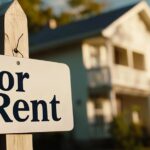Zillow has found that Hispanic homeowners are making great strides in narrowing the home value gap with white homeowners over the past two years—regaining ground lost during the pandemic. The gap is now the narrowest ever observed.
Hispanic-owned homes are currently worth 11.9% less than homes owned by non-Hispanic white households, down from 12.1% last year and a recent high of 12.4% in December 2021. The gap was as wide as 18% in 2012, following the global financial crisis of 2007–2009, when many minority communities were hit especially hard, setting back progress by several years. The slow climb back continued steadily until interrupted in 2021, but the course has now been corrected.

“Homeownership stands as a cornerstone for building wealth, yet systemic barriers have unfairly hindered many people of color from acquiring homes valued comparably to those of their white counterparts,” said Treh Manhertz, Zillow Senior Economic Research Scientist. “Efforts to improve access to down payment assistance, credit-building programs, zoning reforms, and affordable housing construction and preservation in desirable areas are key initiatives to help this progress continue.”
More of Hispanic homeowners’ wealth is typically tied up in their primary residence, relative to homeowners of other races, so home value fluctuations have an outsize effect on them. There is positive movement toward equity at the local level. More than two-thirds of the 100 largest metro areas saw the home value gap decrease for Hispanic homeowners over the past year. For example, significant reductions were observed in several large Florida markets, including Miami, Orlando and Tampa.
Several metros with larger-than-average Hispanic/white home value gaps also saw their gaps narrow. Of the 40 largest metros with gaps larger than the national average, 31 of them reduced their gap by more than the national average. Los Angeles has the largest home value gap, with 32% lower home values for Hispanic residents compared to white residents. The gap in that metro shrunk by 0.75 percentage points in the past year.
However, while gradual progress is being made in closing the gap, the jump into homeownership remains a significant hurdle for Hispanics.
According to Zillow’s 2024 Consumer Housing Trends Report, Hispanics represent 18% of prospective buyers, but 13% of successful purchasers. Data from the Homeowners Mortgage Disclosure Act (HMDA) shows that Hispanics face higher fees when purchasing a home, averaging $2,812 compared to the national average of $2,072. Mortgage denial rates are also notably higher for Hispanic borrowers, with 18.8% experiencing denials compared to 10% for non-Hispanic whites, often due to elevated debt-to-income ratios, which account for 38% of denials.
Zillow’s analysis indicates that the home value gap for Black homeowners has slightly narrowed over the past year as well, to 17.7% from 17.9%. However, the gap remains wider compared to mid-2022 (17.2%) and mid-2007, shortly before the housing bust (16.3%).
Click here for more information on Zillow’s report on trends in the homeowner value gap.





